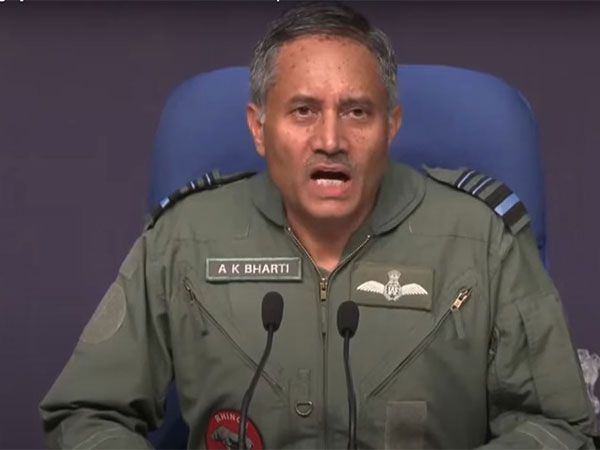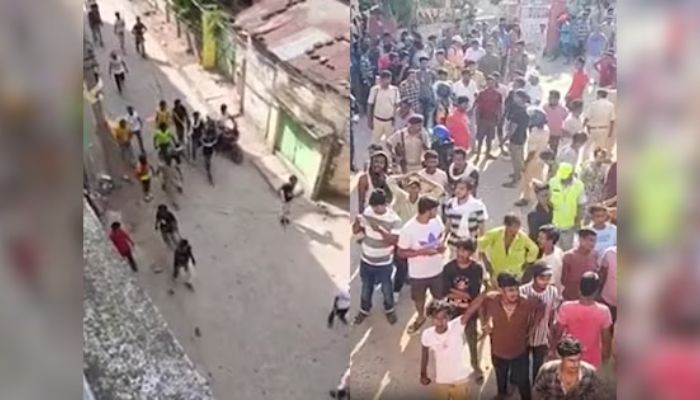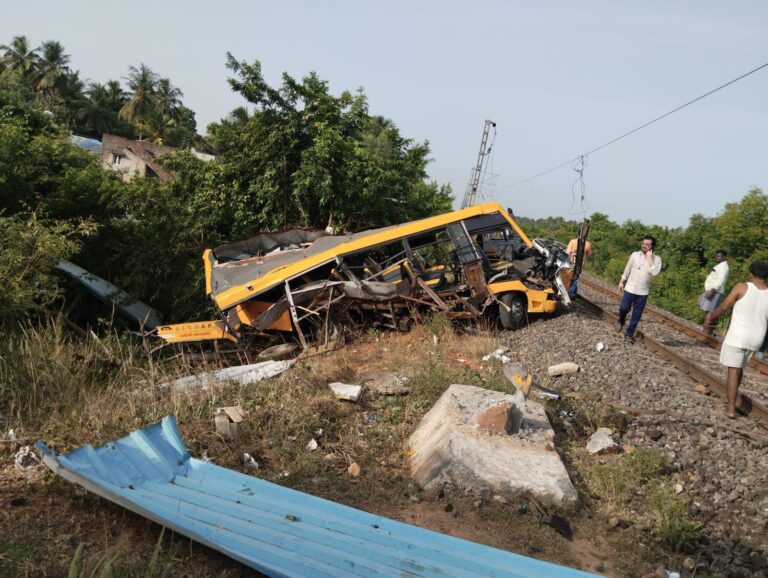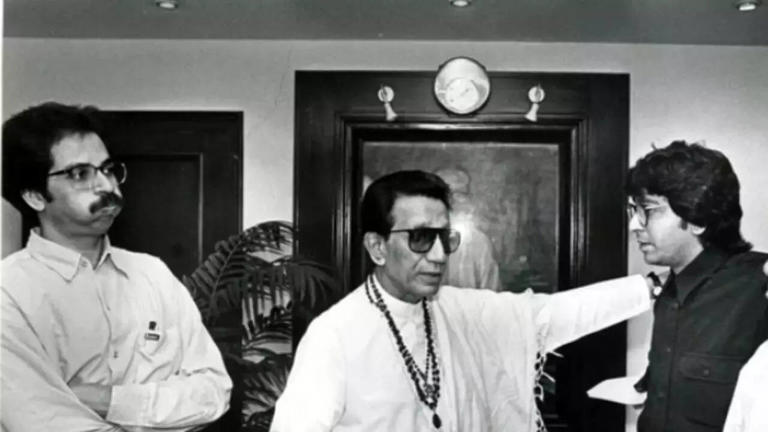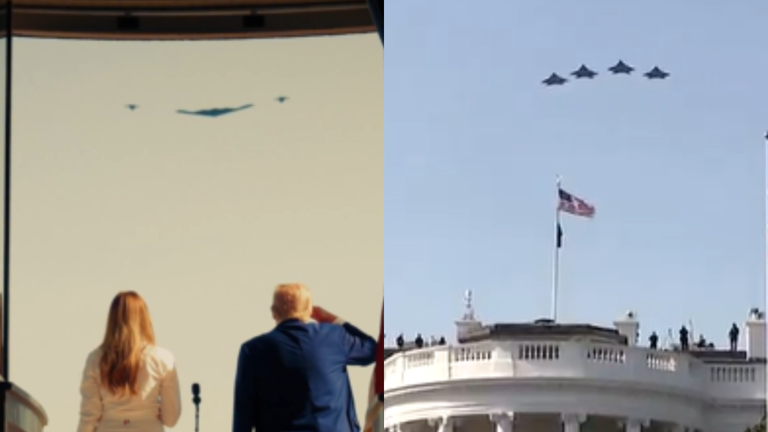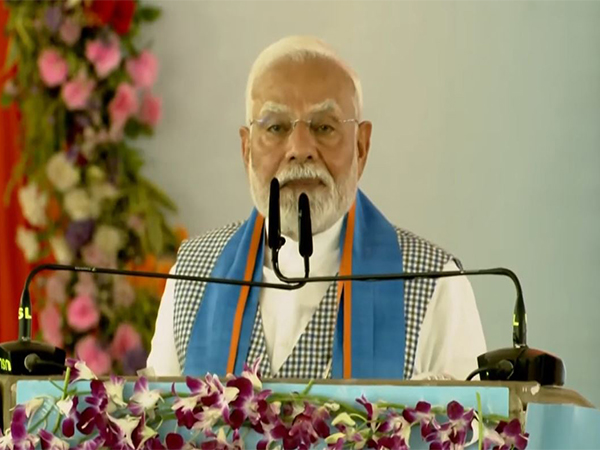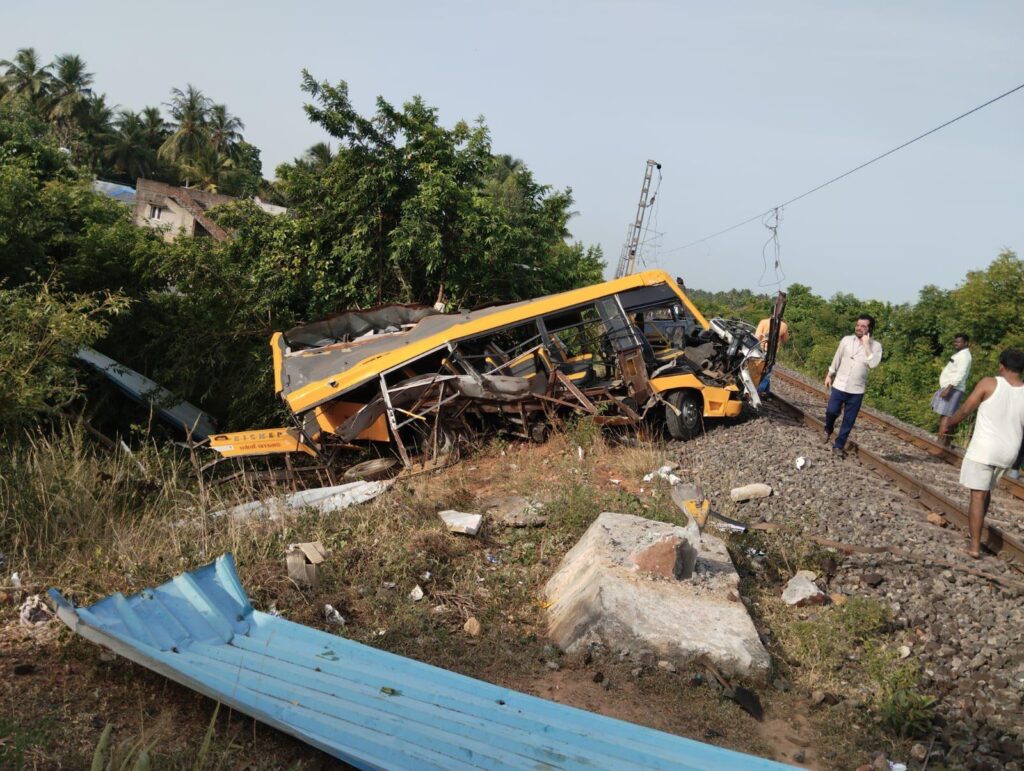Key Insights from the Joint Press Conference on India-Pakistan Conflict
On May 12, 2025, at 2:30 PM IST, India’s top military officials held a significant press briefing at the National Media Centre in New Delhi. The briefing was led by Air Marshal A.K. Bharti (Air Operations), Lt. General Rajiv Ghai (Military Operations), and Vice Admiral A.N. Pramod (Naval Operations). Each covered their respective domains, detailing India’s defensive and offensive maneuvers post-May 7.
What Was the Purpose of the Briefing and What Did It Clarify About Operation Sindoor?
Air Marshal Bharti outlined how the Indian Air Force (IAF) struck nine terrorist camps and damaged 11 Pakistani airbases, including Noor Khan and Rahimyar Khan. The IAF employed precision air-to-surface weapons to ensure zero collateral damage to civilian targets.
He also showcased visuals of destroyed drones and missiles, including parts of a Chinese-origin PL-15 missile and Turkish TB2 drones, asserting that India’s indigenous air defense systems—including Akash, Pechora, and Osa AK—played a crucial role.
#WATCH | Delhi | The Indian military shows the debris of a likely PL-15 air-to-air missile, which is of Chinese origin and was used by Pakistan during the attack on India.
— ANI (@ANI) May 12, 2025
The wreckage of the Turkish-origin YIHA and Songar drones that were shot down by India has also been shown pic.twitter.com/kWIaIqnfkQ
Although the operation specifically avoided direct conflict with Pakistan’s military, the Pakistan Army chose to intervene, supporting terrorist positions. This, according to Bharti, forced India to escalate proportionally. India held Pakistan responsible for the consequences of its own choice to enter the fray.
#WATCH | Delhi | #OperationSindoor | Air Marshal AK Bharti says, "...This was a different kind of warfare and is bound to happen. God forbid, but if we fight another war, that would be completely different from this one. It is a cat-and-mouse game, and we need to be ahead of the… pic.twitter.com/AJTZ3zQrv2
— ANI (@ANI) May 12, 2025
How Did India Defend Against Ceasefire Violations and Aerial Threats?
Yes, a US-mediated ceasefire was agreed upon on May 10. However, Pakistan violated it within hours, launching missile and drone attacks on key Indian installations in Jammu, Pathankot, and Udhampur. According to Lt. Gen. Ghai, India was prepared: a multi-layered air defense grid was activated and proved successful in repelling all threats.
"Ashes to ashes, dust to dust, if Thomo don't get ya, Lillee must"
— WION (@WIONews) May 12, 2025
India's Lt Gen Rajiv Ghai uses cricket metaphor to warn Pakistan of impenetrable defence
.
.
.
.#ViratKohli
(Video: news agency ANI) pic.twitter.com/Qw2iKhudQq
Ghai detailed a coordinated grid of radars, MANPADS, shoulder-fired weapons, and vintage air defense systems. He likened the system to a cricketing analogy: just as the legendary bowlers Thomson and Lillee ensured no batsman escaped, India’s grid ensured that no Pakistani aircraft or drone could breach Indian airspace.
He also praised the Border Security Force (BSF) for their role in neutralizing drone threats at border posts using counter-grenade systems and low-level defense weapons.
Vice Admiral Pramod explained that the Indian Navy’s carrier battle group, including MiG-29K fighters and early warning helicopters, created a defensive “bubble” in the Arabian Sea, preventing Pakistani aircraft from coming within hundreds of kilometers. As a result, Pakistan’s naval air assets were bottled up near the Makran coast, neutralizing any maritime threat.
Vice Admiral AN Pramod, he’s a one-man operation. If it comes to it, Karachi’s gone before sunrise. 🥵 pic.twitter.com/dCL79xlyti
— BALA (@erbmjha) May 12, 2025
The leadership made it clear: India remains fully prepared for any future threats. All military bases and air defense systems are operational and on high alert. The officers ended the briefing with a message of national unity, strategic restraint, and firm resolve—India’s battle is with terrorism, not the people of Pakistan.


